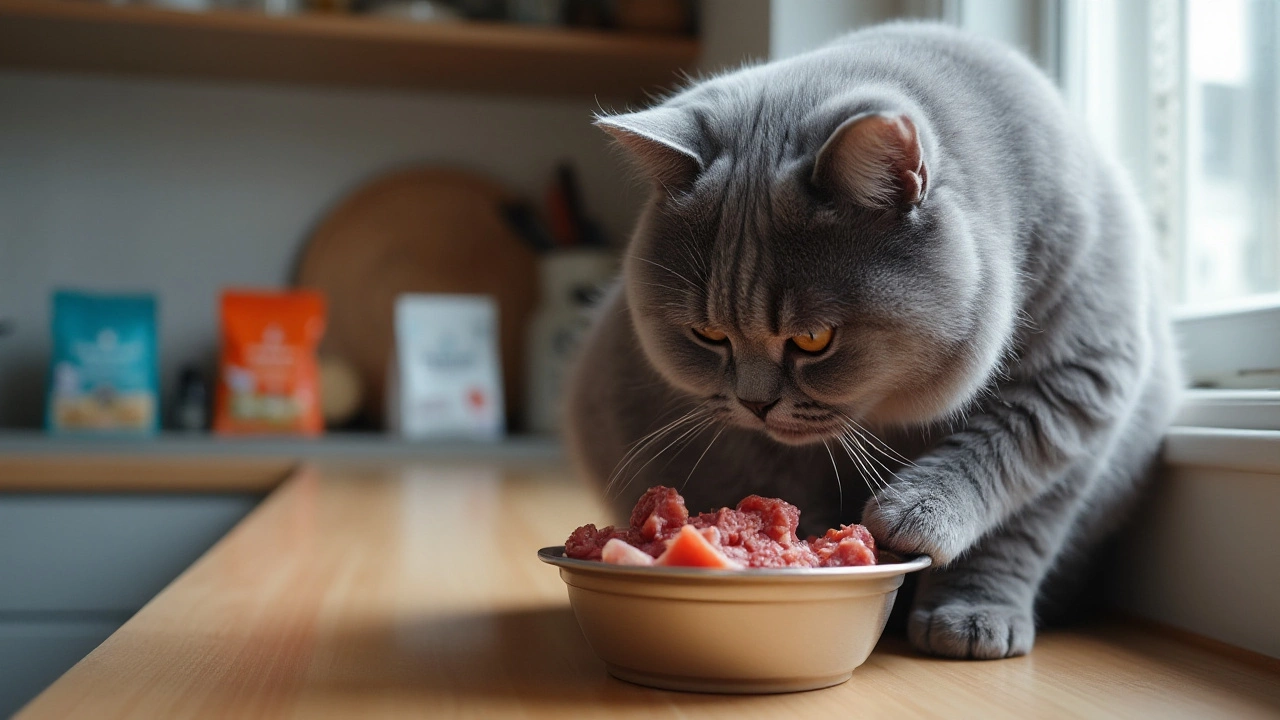Feline Nutrition: Simple Tips for a Healthy Cat
Feeding a cat might seem easy – just pour some kibble and you’re done. But cats have special needs, especially if they stay indoors all day. The right food keeps them active, supports their coat, and prevents health problems later.
Choosing the Right Food for Indoor Cats
Indoor cats burn fewer calories than outdoor hunters, so they need a diet that matches a lower activity level. Look for foods labeled "Indoor" or "Weight Management" – they usually have fewer calories and more fiber to keep your cat full. Wet food is a great addition because it adds moisture, which helps with urinary health.
If you prefer dry kibble, pick a brand with real meat as the first ingredient and avoid heavy fillers like corn or wheat. Adding a small portion of wet paté or shredded food can make meals more interesting and give extra protein.
Reading Labels and Avoiding Pitfalls
Ingredient lists can be confusing, but focus on the first three items. Real chicken, turkey, or fish should be up front. Beware of vague terms like "meat meal" – they often hide low‑quality protein.
Check the guaranteed analysis for protein (at least 30% for adults) and fat (around 12‑15%). Too much carbohydrate isn’t ideal for cats because they are obligate carnivores. If a product lists grain or potato as the main ingredient, consider swapping it for a higher‑protein option.
Pâté vs. shredded cat food is another common debate. Pâté is soft and easy to eat, while shredded pieces mimic a natural bite. Most cats enjoy both, so you can mix them to keep meals fresh. The key is to choose a product with quality protein and no artificial flavors.
Some popular brands like Fancy Feast have sparked controversy over additives. If you’re unsure, read online reviews or ask your vet. A safe bet is a brand that follows AAFCO standards and lists a specific meat source.
Supplements aren’t always needed, but a pinch of fish oil can boost skin and coat health. Avoid over‑supplementing – too much vitamin A or taurine can cause problems.
Feeding schedule matters too. Most cats do well with two meals a day. Split the daily portion into morning and evening, and keep fresh water available at all times. If you use automatic feeders, test the portion size to avoid overeating.Finally, watch your cat’s weight and litter‑box habits. A healthy cat should maintain a sleek waist and have firm, regular stools. If you notice changes, adjust the food type or amount and consult a vet.
Following these simple steps – picking the right indoor formula, reading labels carefully, and sticking to a consistent routine – will keep your feline friend thriving. Happy cat, happy you!
The Ultimate Guide to Feeding Your Cat: Tips for Healthy and Happy Felines
Choosing the best food for your cat is crucial for their health and well-being. Cats are obligate carnivores, meaning their diet must be rich in proteins. This article explores various cat food options, from dry kibble to raw diets, shedding light on the nutritional needs of felines. Tips on reading labels and choosing the best brands help owners ensure their cats receive balanced meals. Understanding your cat's unique dietary needs will keep them healthy and satisfied.
